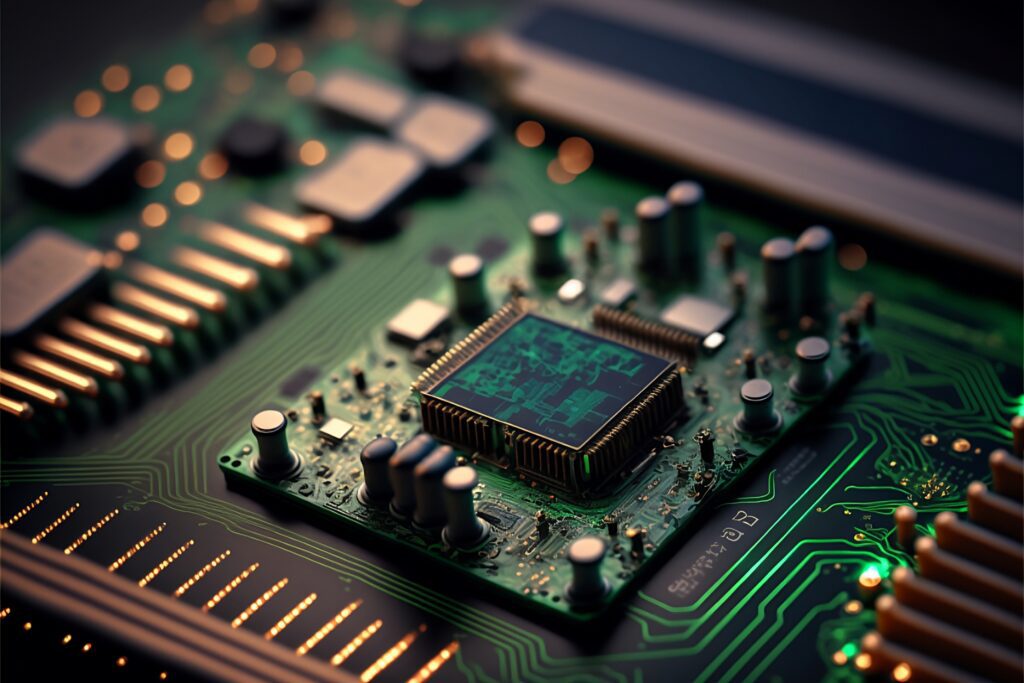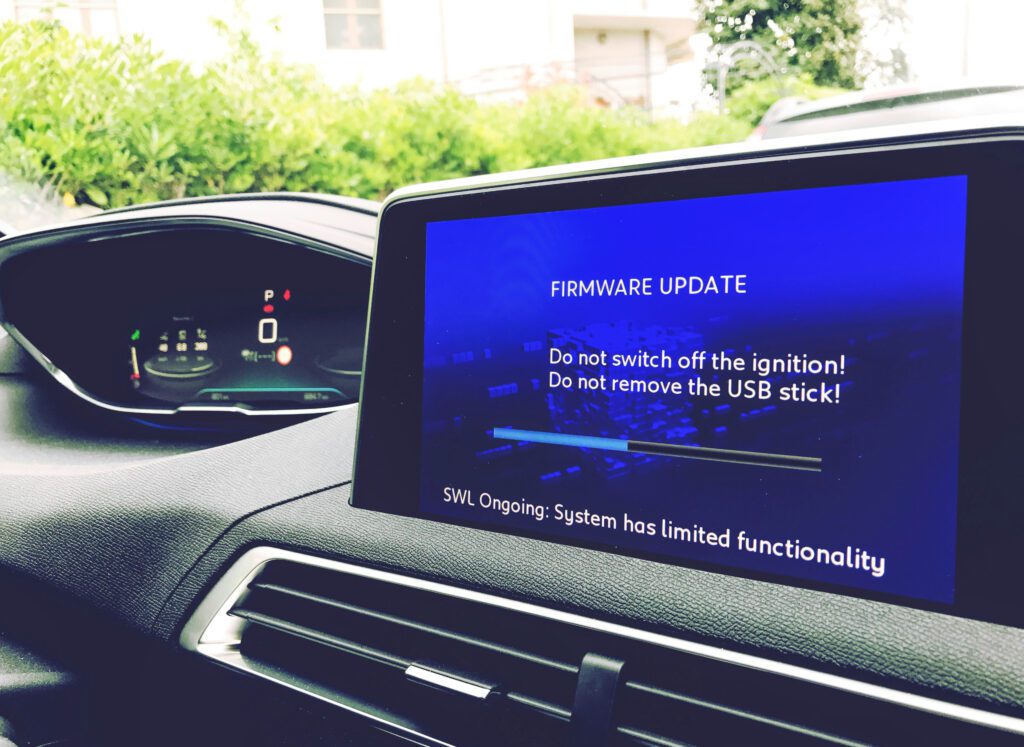When we talk about computers and smart devices, terms like hardware and software often come up. However, there’s another crucial component at play – firmware. Firmware bridges hardware and software, ensuring your devices function correctly from the moment you power them on.

What is Firmware?
Firmware is a specialised software embedded directly into a device’s hardware. Unlike regular software that can be easily installed or uninstalled, firmware is integral to the device’s operation. It is stored in non-volatile memory, meaning it retains its data even when the device is turned off. This ensures your device can start up and operate as intended every time you use it.
How Firmware Works
When you power on a device, its firmware kicks in immediately, sending instructions to the hardware components to initialise and perform basic functions. For example, in a computer, firmware checks the hardware status through a process known as POST (Power-On Self-Test) and then loads the operating system. In simpler devices like a keyboard or mouse, firmware runs continuously to ensure they function correctly.
Types of Firmware
- Low-Level Firmware: This is fundamental to a device’s operation and is usually stored in read-only memory (ROM). It cannot be modified or deleted by the user.
- High-Level Firmware: This firmware provides more complex functions and can be updated by the user. It resides in flash memory, allowing for updates to enhance functionality or security.
- Subsystem Firmware: Found in semi-independent components within larger systems, this type ensures individual parts like your car’s braking system or your phone’s camera operate smoothly.
Firmware vs. Software
While both firmware and software provide instructions to hardware, they differ significantly:
- User Access: Firmware is typically hidden from users to prevent accidental damage, whereas software can be easily accessed and modified.
- Operation: Firmware uses low-level machine code to interact directly with hardware, while software operates through higher-level programming languages.
- Storage: Firmware is stored in non-volatile memory, making it a permanent part of the device. In contrast, software is stored on hard drives and can be installed or removed as needed.
Examples of Firmware
Firmware is present in virtually all electronic devices. Here are a few examples:
- Computers: BIOS or UEFI firmware helps initialise hardware during the booting process.
- Smartphones: Firmware ensures that the operating system and hardware components like cameras and sensors work together seamlessly.
- Cars: Modern vehicles use firmware to manage everything from engine control units to infotainment systems.
- Household Appliances: Smart appliances, such as refrigerators and washing machines, rely on firmware for their automated functions.
Importance of Firmware Updates
Firmware updates are crucial for several reasons:
- Security: Updates can patch vulnerabilities to protect against malware and hacking attempts.
- Bug Fixes: Manufacturers release updates to fix bugs that may cause device malfunctions.
- Improved Functionality: Updates can add new features or improve compatibility with other devices.
Protecting Your Firmware
To safeguard your devices from firmware attacks, follow these practices:
- Regular Updates: Keep your firmware up to date by checking the manufacturer’s website regularly.
- Trusted Sources: Only download firmware updates from official sources to avoid malware.
- Caution with External Devices: Be wary of connecting unknown USB drives or external devices, as they can carry corrupted firmware.

Conclusion
Firmware might be invisible to the casual user, but its role is indispensable in the seamless operation of modern technology. Understanding what firmware is and how it works helps you appreciate the sophistication behind your everyday gadgets and emphasises the importance of keeping it updated for security and performance enhancements.

